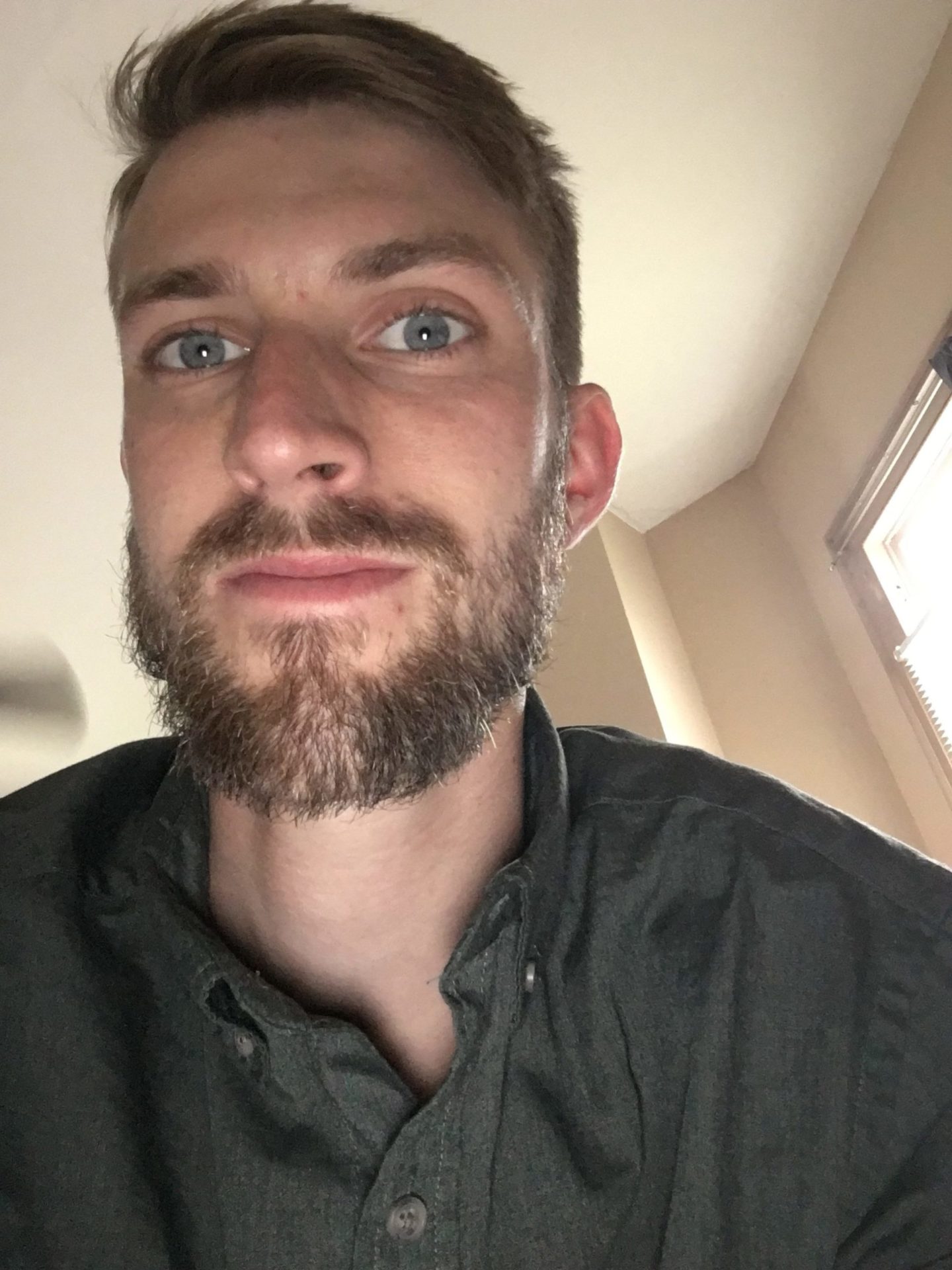The MCR Interview:
Bill Kanengiser of the Los Angeles Guitar Quartet
The Los Angeles Guitar Quartet (LAGQ) is marking their 40th anniversary with the release of Opalescent, a collection of works that “explore the luminous nature of music.” It features pieces by Australian composer Phillip Houghton that “explore the synesthetic intermingling of light and sound” and is dedicated to his memory. The album artwork features 3 dimensional images of Australia’s national gemstone created by graphic designer Camille Kanengiser. The concert will premiere “Chaconne” by Robert Beaser and include other works commissioned by, or dedicated to, LAGQ.
Jacob Hendley of the Music City Review, spoke with Bill Kanengiser of LAGQ on April 8th to discuss the upcoming release, the live concerts in Franklin, TN and 40 years together as LAGQ.
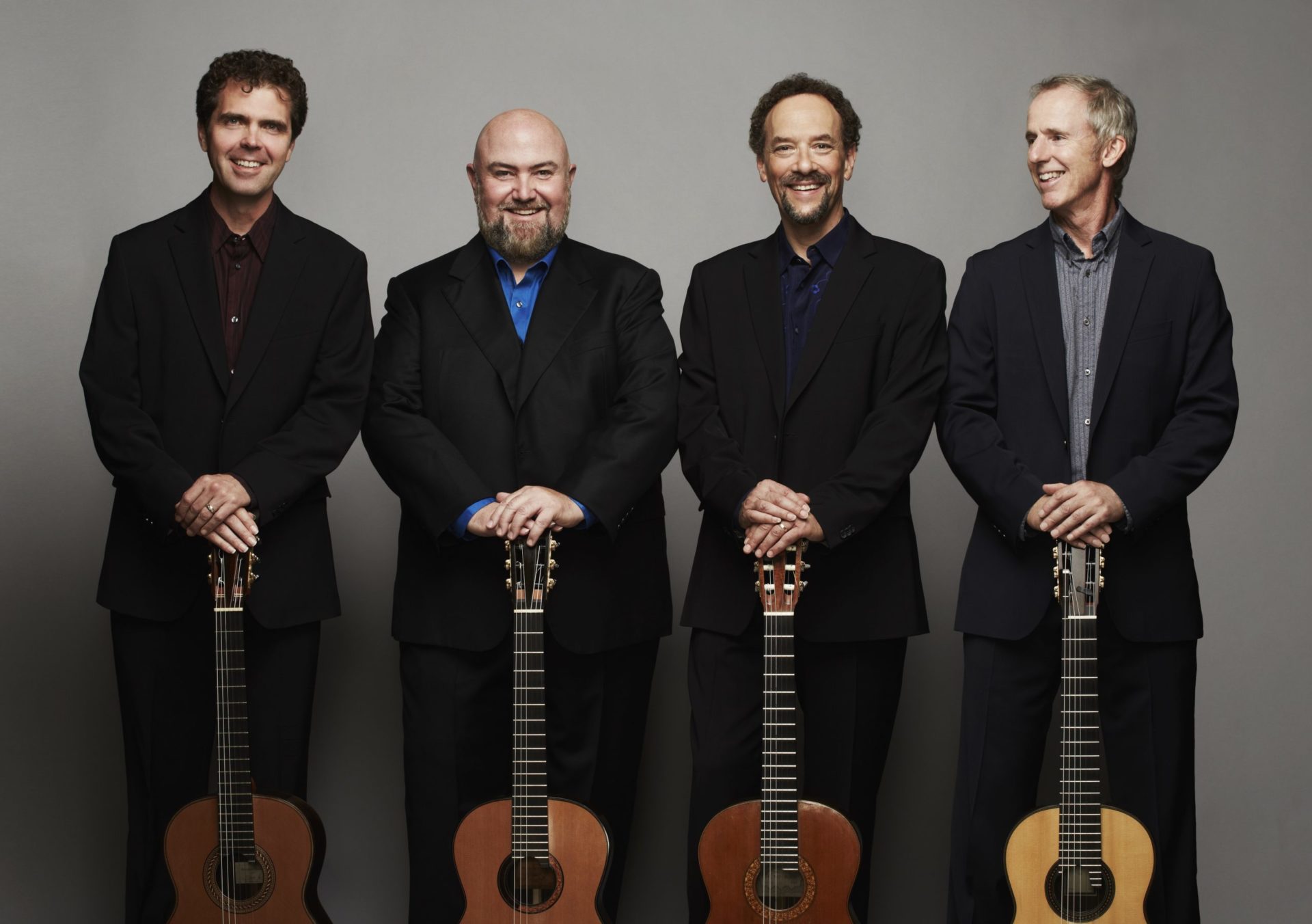
JH: Next Friday Opalescent will be self-released by LAGQ. You all have been on many different labels so why does self-releasing this one make sense for the group and what was it like getting to work with Camille Kanengiser and the others on this?
BK: Over the years we’ve been with some major labels like Sony, Classic, and Telarc with whom we’ve had a long relationship. As everybody knows, there have been seismic changes in the recording industry, so it was about 6 or 7 years ago we decided to release a project called New Renaissance on our own. I’m more proud of that record personally than any other one we did because we took ownership of every aspect of it. We agonized over every little comma and exclamation point in the program notes, we oversaw the editing and the mixing and mastering, and we learned so much about what goes into recording an album and all the little details of getting it out. Music copyright clearances and all that sort of stuff. Then we recorded the music for this newest record before the pandemic but it got put on the back burner like everything else. This one was much easier to do though after climbing up the learning curve on the first one. Personally, I found it really fun to work on this record especially because I got to work on this with my daughter who is one of the artists and I got to work very closely with the graphic designer and people like that. We also had a phenomenal producer for this one.
JH: Is that Steve Rodby?
BK: Yes, we met him when we recorded the Pat Metheny project, and he co-produced that record (Road to the Sun). He was a member of the Pat Metheny Group for years and is an unbelievable bass player but he’s also a Grammy winning producer. I don’t think we’ve ever had a producer who’s so meticulous and so passionate about the project. He really blew me away.
JH: This was recorded mostly in 2019, before the pandemic, right? So, a few years later this record release coincides with LAGQ’s 40th anniversary. The original plan wasn’t to sit on the music for that amount of time, was it?
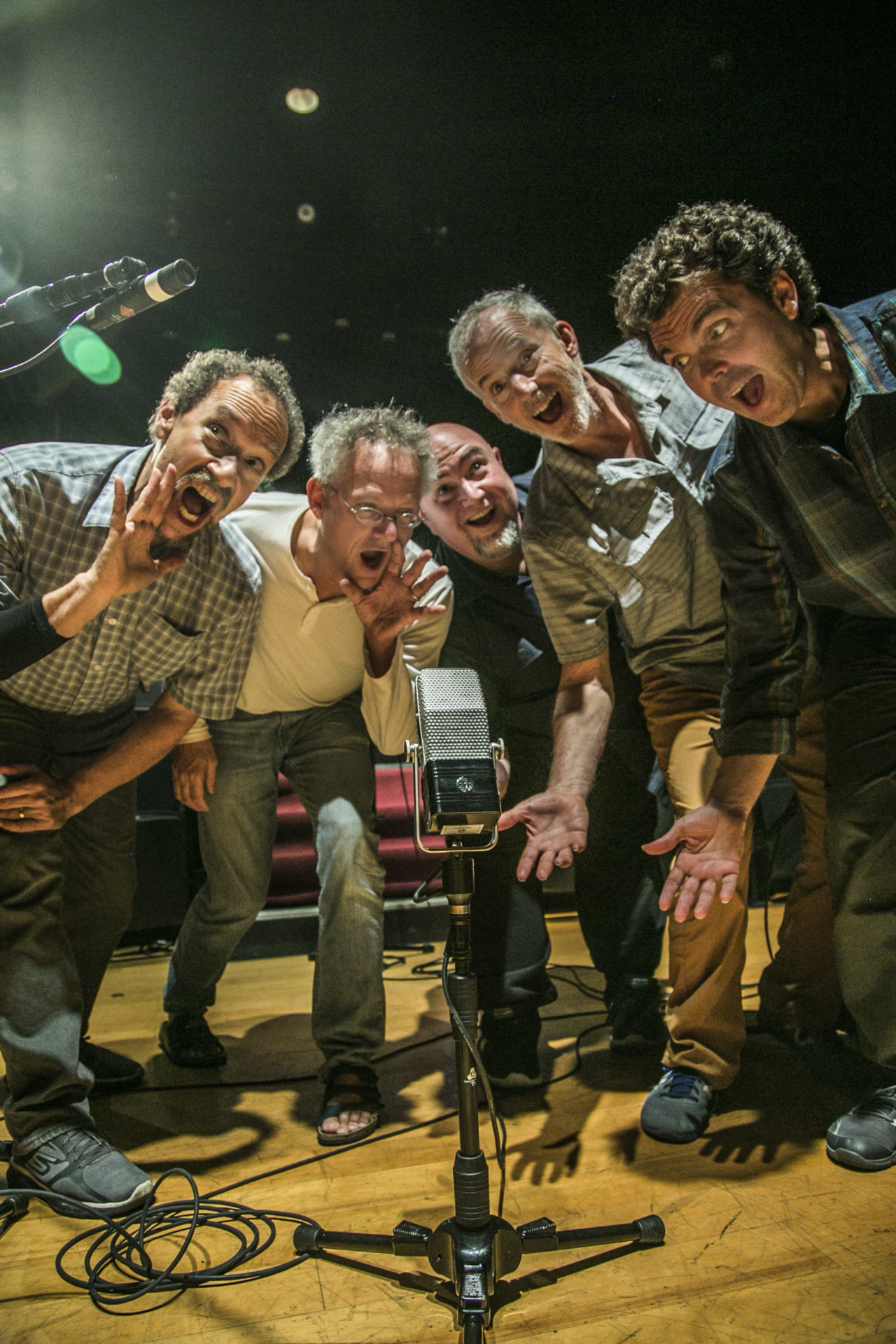
BK: It was about two and a half years ago we recorded it. One of the pieces (“Suite Transcendent”) by Tilman Hopstock we recorded earlier. It was a long birthing process, but the timing worked out perfectly. It’s pretty interesting the actual release date is also the first public live performance in the US in almost a year for us. And so, we are debuting it in Franklin! Really excited.
JH: You all will be here for 3 dates in Franklin. Is that the opener to a US tour with other dates?
BK: After we’re in Franklin we are going over to Oak Ridge, the other side of the state. Then we have some other dates coming up in the Pacific Northwest and in California. It’s not a huge tour yet so we are waiting for things to open up a little bit more.
JH: What made you choose this Nashville area? Have you played the Franklin Theater before?
BK: We played at Ryman once! It was such a thrill for us to play there and to go backstage and see the documentation of all the greats who played there. That was during our “Guitar Heroes” tour so we were playing some Chet (Atkins) and stuff like that.
JH: I remember seeing you guys perform a few years back and had a Chet tune in the program. I’m excited for this Friday night, is the plan to play music off this album? Maybe the whole album?
BK: We’re not doing the whole album, but we definitely are doing two of our favorites from the record. We’re featuring this beautiful piece by Australian composer Phillip Houghton called “Opals”. The opal is the national stone of Australia and the 3 movements depict 3 kinds of opals, the black opal, water opal, and white opal. He was what’s called a synesthete so when he heard musical tones, he saw specific colors. The idea with this piece is that when you’re listening to it you can almost imagine holding an opal in your hand and rotating it, the little glints of light coming through the stone. His style is just wonderful. It’s got a rock element to it but also kind of a minimal element to it and its modern music but kind of enveloping and just really, really beautiful music.
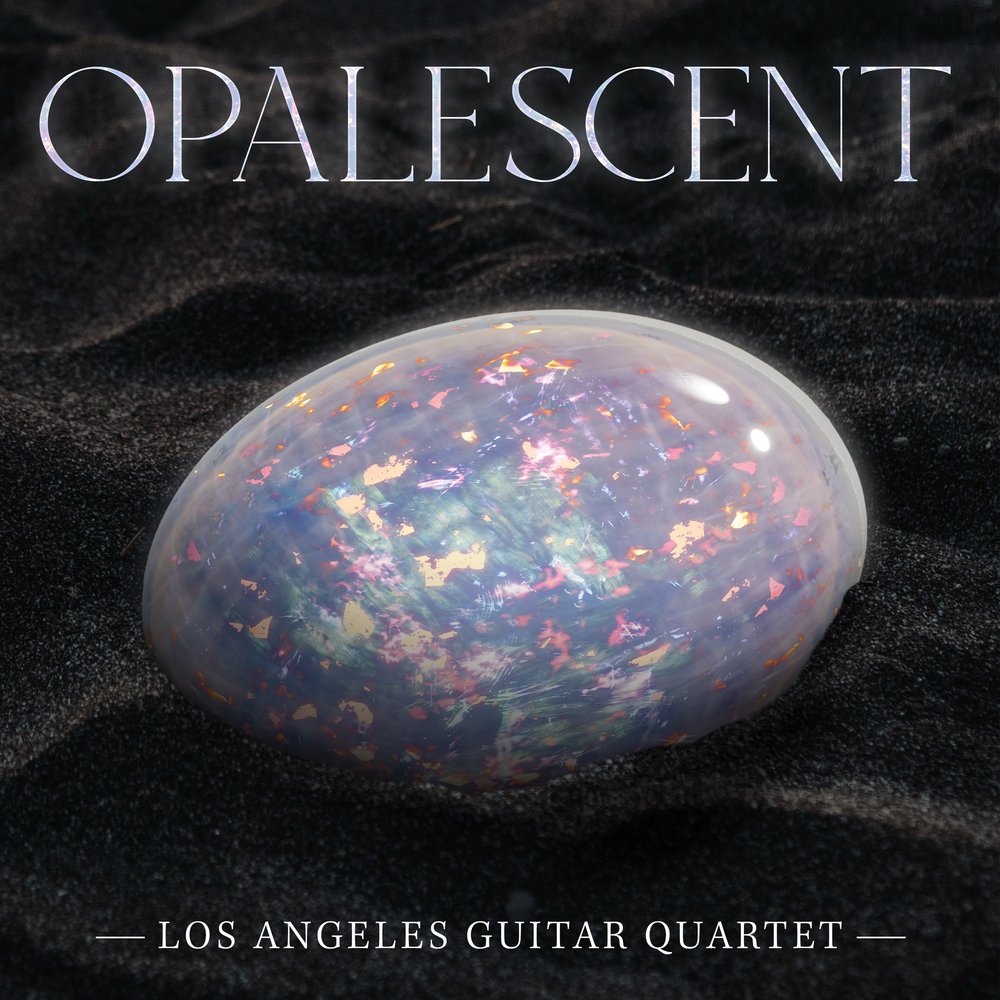
JH: The 3 movements were lovely to listen to. I was really lost in “Water Opal” with the strummed chords and the color.
BK: Yeah, you really feel like you’re just floating. He has this amazing ability to make you feel like your own breath slows down with the piece, this meditative thing. It’s really part of this whole aesthetic of the school of Australian composition that’s very rooted in nature, being in touch with the earth. And we dedicated this piece to his memory; he passed away a couple years ago.
The other piece we are doing from the record is by a good friend of mine named Frederic Hand. He’s kind of a legend in the New York guitar scene. He really straddles the jazz and classical guitar world beautifully and the piece we’re doing is called “Chorale”. It’s a gorgeous piece that has a lyrical sense but then there’s definitely a jazz harmony undertone to it. As a quartet, we really enjoy the push and pull of time in this piece.
JH: And in a good hall I imagine this will come out clearly and we can watch the communication among the four of you and also just hear the space between notes.
BK: The communication between the four of us has to be really clear and sometimes we do it with nodding the head, or breathing, or a lift of the eyebrow or something but in a way, it’s almost more that the four of us try to hear the whole group together and not our individual part.
JH: Can you speak on why you think some of these other pieces “work” in terms of the music representing or connecting to visual experiences? I know one is “Alki Point”, a location. How does Kevin Callahan capture that?
BK: When the piece starts, this opening motif is passed from one side of the stereo field to the other where each of us plays this in alternation. Exactly what the visual is of this, I think for Kevin it was standing on the shore of this point and seeing the light glistening off the water. You know it’s Puget Sound and I know this is kind of corny but it’s like you see the sound. It’s a pretty eclectic piece. But like all the music on the record, we hope it’s really colorful.
JH: The Road to the Sun record with Pat Metheny was a big project and seemed very hands on too. I think he spent a lot of time with you guys on site for recording and this one was no different. Is that something the quartet enjoys and thrives on, when they have those composers and artists in the room?
BK: We’re still kind of pinching ourselves that Pat Metheny even knew who we were, much less wrote an almost 30 minute piece for us and produced a record. The process with that was really collaborative and it was a very similar thing with this record. I worked directly with Fred Hand and Kevin Callahan to adapt their pieces for us. The big premiere piece on this record is “Chaconne” by Robert Beaser and we worked really closely together on that score. Whenever possible we love to work directly with the composers and make sure the piece is really adapted to us.
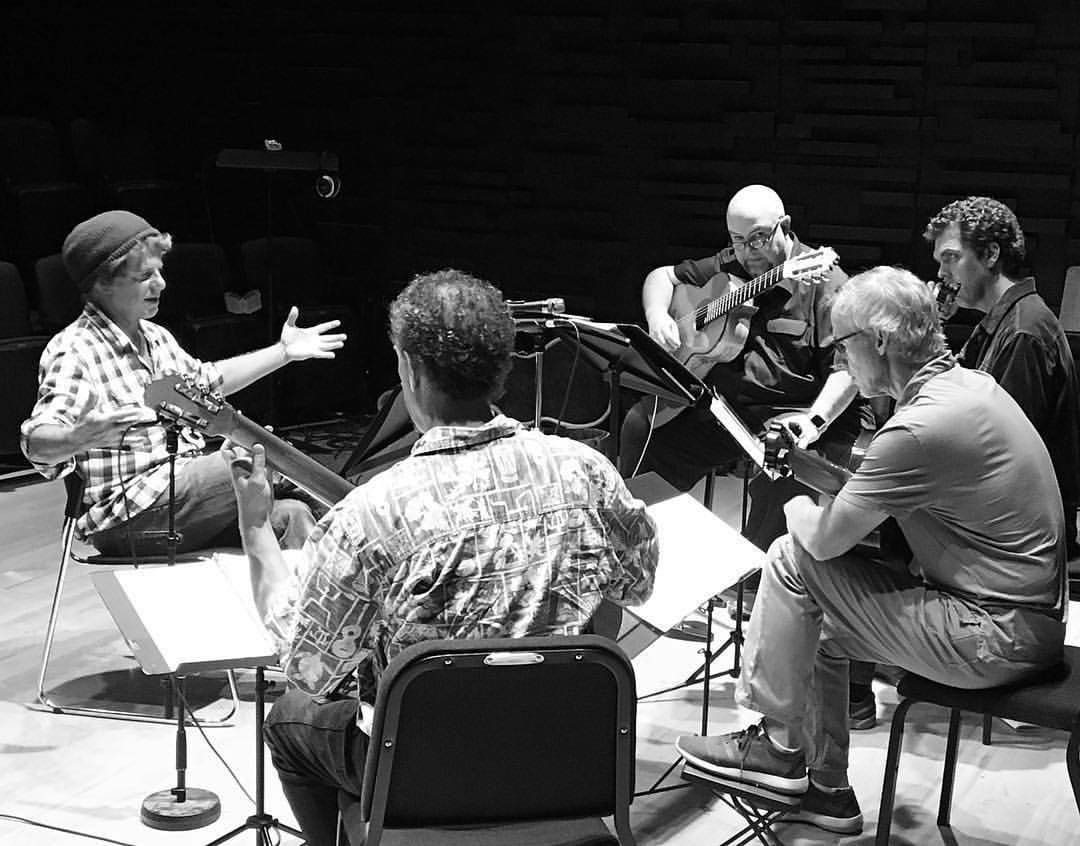
JH: So what keeps the group motivated to take on these new projects and even seek new commissions like that one from Robert Beaser or does it sometimes just fall into the lap of one of you?
BK: We aren’t really project driven but rather it flows in a more organic way. All of these pieces independently either fell into our lap or seemed like the right thing to do and then came together under this concurrent theme. We like to be a little more intuitive about it and see where our passion pulls us rather than being cold and calculated about it.
JH: You mentioned Phillip Houghton was a synesthete and my question is: Are any of the members of the quartet also synesthetes?
BK: Nobody in our group can see the sound! I do think one of the hallmarks of our group is that we’re extremely focused on tone color and how to modulate that moment by moment.
JH: Are there any other pieces from the album you’d like to comment on?
BK: There is one tune that is an arrangement of a preexisting tune that Matt Grief did and it’s from one of my absolute guitar heroes and Matt’s too, Michael Hedges. He redefined what steel string acoustic guitar could be using these unusual tunings and especially right-hand tapping technique. We really wanted to include Matt’s arrangement of “Aerial Boundaries” which is almost a straight cover of the tune but there’s this brief excursion that Matt Greif took where it goes to a groovy 12/8 section and then morphs back to the original tune. It’s very elegant how Matt set it and certainly the imagery and vibe of “Aerial Boundaries” fit this project really well.
JH: Wrapping up here, LAGQ celebrates 40 years together that included much touring and many monumental recordings. I just wonder what’s next for LAGQ? Do you have 40 more years in you?
BK: Oh absolutely 40 more years! This summer we had the honor of being inducted into the GFA
(Guitar Foundation of America) hall of fame. Pepe Romero, our teacher, mentor, and friend, helped present the award and said his quartet, The Romeros, were celebrating their 60th anniversary and we were celebrating our 40th so it was 100 years of guitar quartet on the stage.
JH: So being at the GFA and taking it all in, personally what does the future of guitar and guitar ensemble music look like to you?
BK: I do have to say we have a fair amount of pride in playing a small part in legitimizing the genre of 4 guitars as a viable concert medium. There were certainly lots of wonderful predecessors, but in the last 40 years there has been an explosion of guitar ensembles all over the planet and almost every place we go there are professional guitar quartets. And if you look at the catalogue of arrangements and compositions for 4 guitars, it too has exploded. Ensembles also develop skills for guitar players that we typically don’t develop in solitary environments. The idea of being a chamber musician is an essential musical skill. So I think the guitar quartet is here to stay.
JH: That’s inspiring, thank you. I look forward to the Franklin Theatre show. Thank you for taking the time to talk with me Bill.

